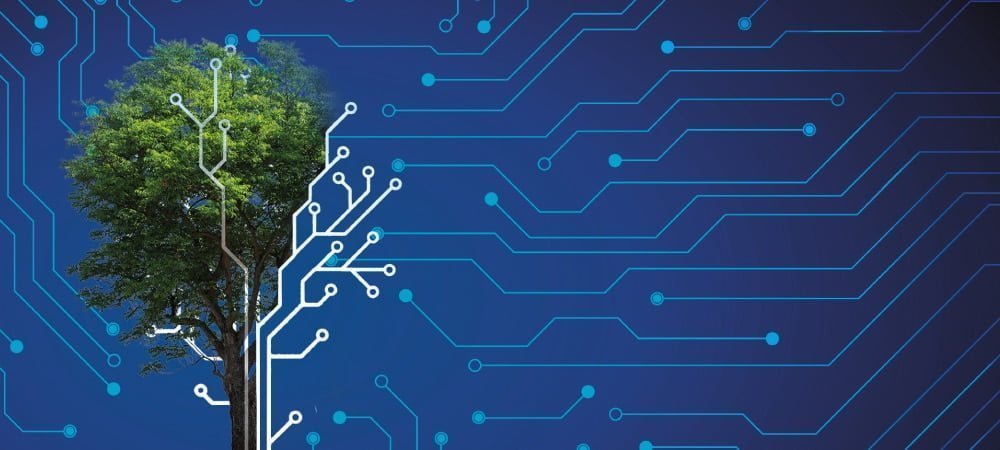Necessity of document generation


Before entering the world of document generation, it is important to note the main differences. Here, a distinction must be made between individual areas. An example is the area of print letters (generation of mass letters), which use structured data like that of invoice generation.
The invoice data is stored in the database and must be inserted into the template of the cover letter, which is in the corporate design, printed or sent by e-mail.
On the other hand, there are individual letters which are to be additionally filled with free texts or information from the clerk (unstructured data). Here, the structured data is mixed with unstructured data.
At this point, mass generation is only to be expected in individual cases. For the completion of the unstructured data, an additional dialog is required that allows data entry for the clerk.
Forms technologies in SAP
SAPscript, the forefather of document generation within SAP, has since been superseded by newer technologies such as SAP Smart Forms, SAP Interactive Forms by Adobe, or third-party providers such as Aconso Creator or Escriba. However, the basic principles defined in SAPscript are still largely valid today:
- Editor: The editor allows you to enter and edit the lines of a text. If the clerk wants to maintain texts for an application object, the editor is called by the application transactions.
- Forms: For the most part, forms are stored separately from the texts. In SAP Interactive Forms by Adobe or, for example, Aconso Creator, the texts can also be stored within the form.
- Databases: Database tables allow the storage of forms and texts.
- Composer: The Composer brings together forms, texts and the required data from SAP tables in the document and enables the control of further process steps.
- Programming interface: The connection to a concrete application is the linchpin of document generation. The SAP HCM module is one such example, where the data for the document to be generated must first be collected before a document can be generated from a master data record.
After that, document generation is triggered based on the collected data via a programming interface to the respective technology.
Comparing the individual technologies turns out to be very difficult, since an advantage for one observer can also be a disadvantage for others. The evaluation given here was based on project experience or discussions in workshops and may differ from a personal evaluation.
Conclusion
If we look at the options for document generation from SAP, we see that there are currently numerous technologies from SAP and also from third-party providers on the market. A clear recommendation cannot be given, as every company has different requirements for document generation.
On the one hand, a direction can be set via the strategic orientation of the IT infrastructure. This includes the existence of knowledge for the administration of a Java web server or the conditions of the hardware for the installation of additional components.
On the other hand, the need for mobile devices such as tablets and smartphones can influence the decision. An example of this is the use by field service employees of a maintenance company for forklifts or the implementation of assessment centers in a recruiting department. Ultimately, the selection of the appropriate technology can only be made on the basis of the company's specific requirements.




